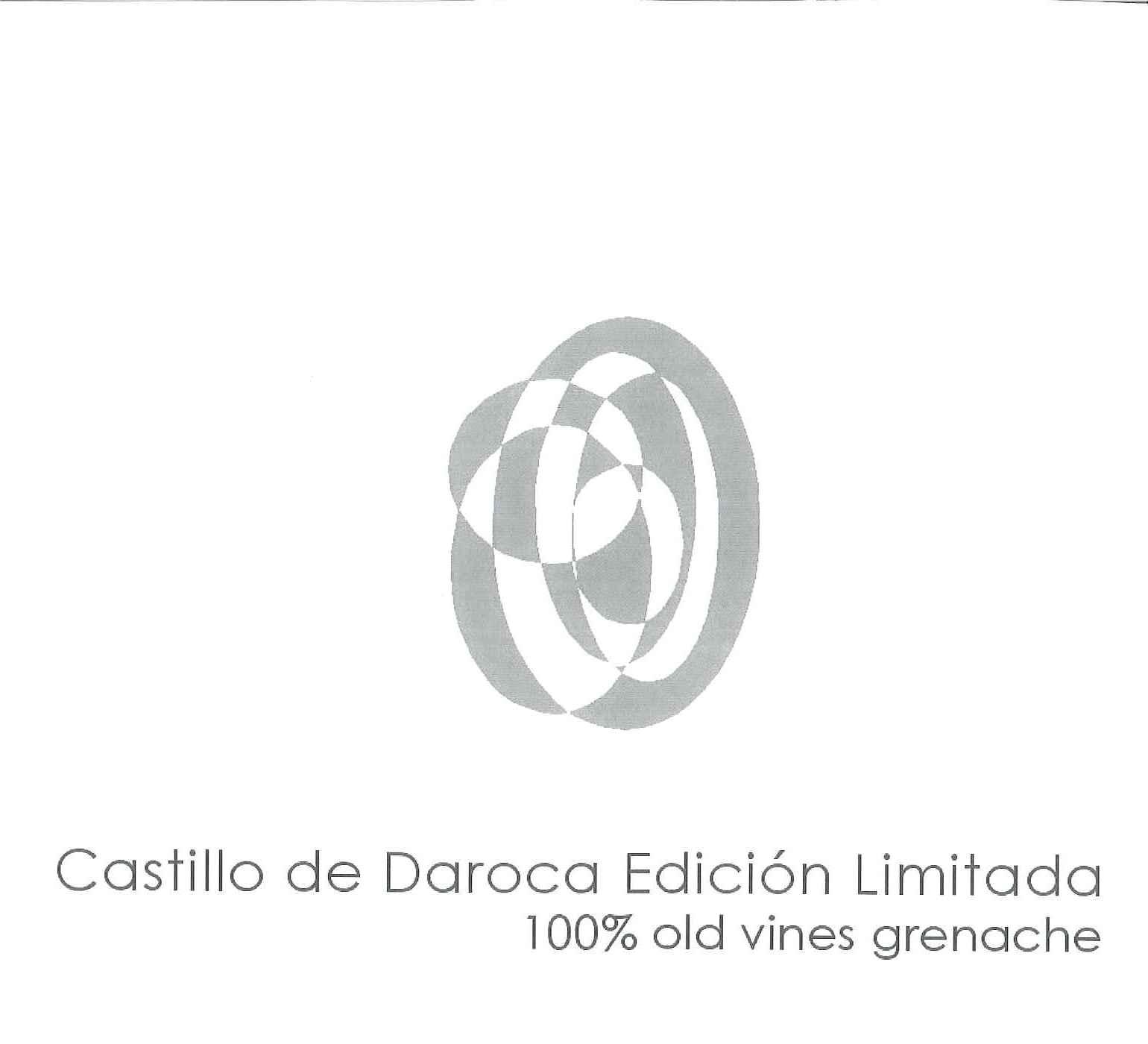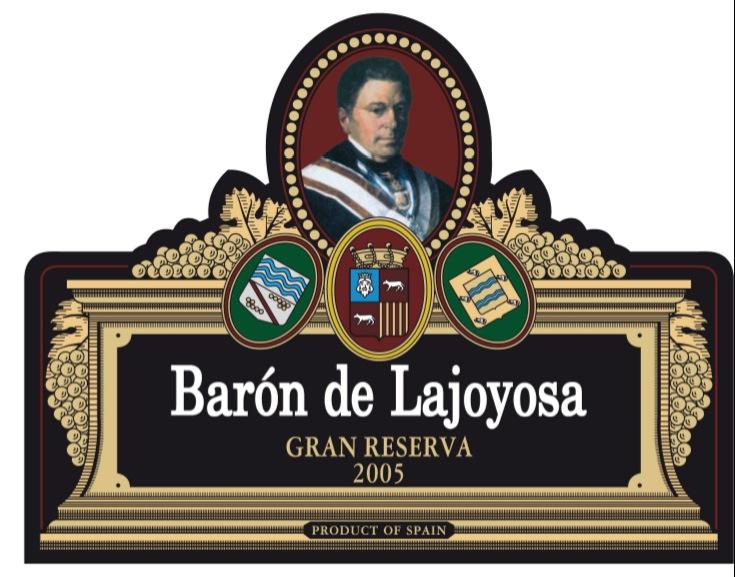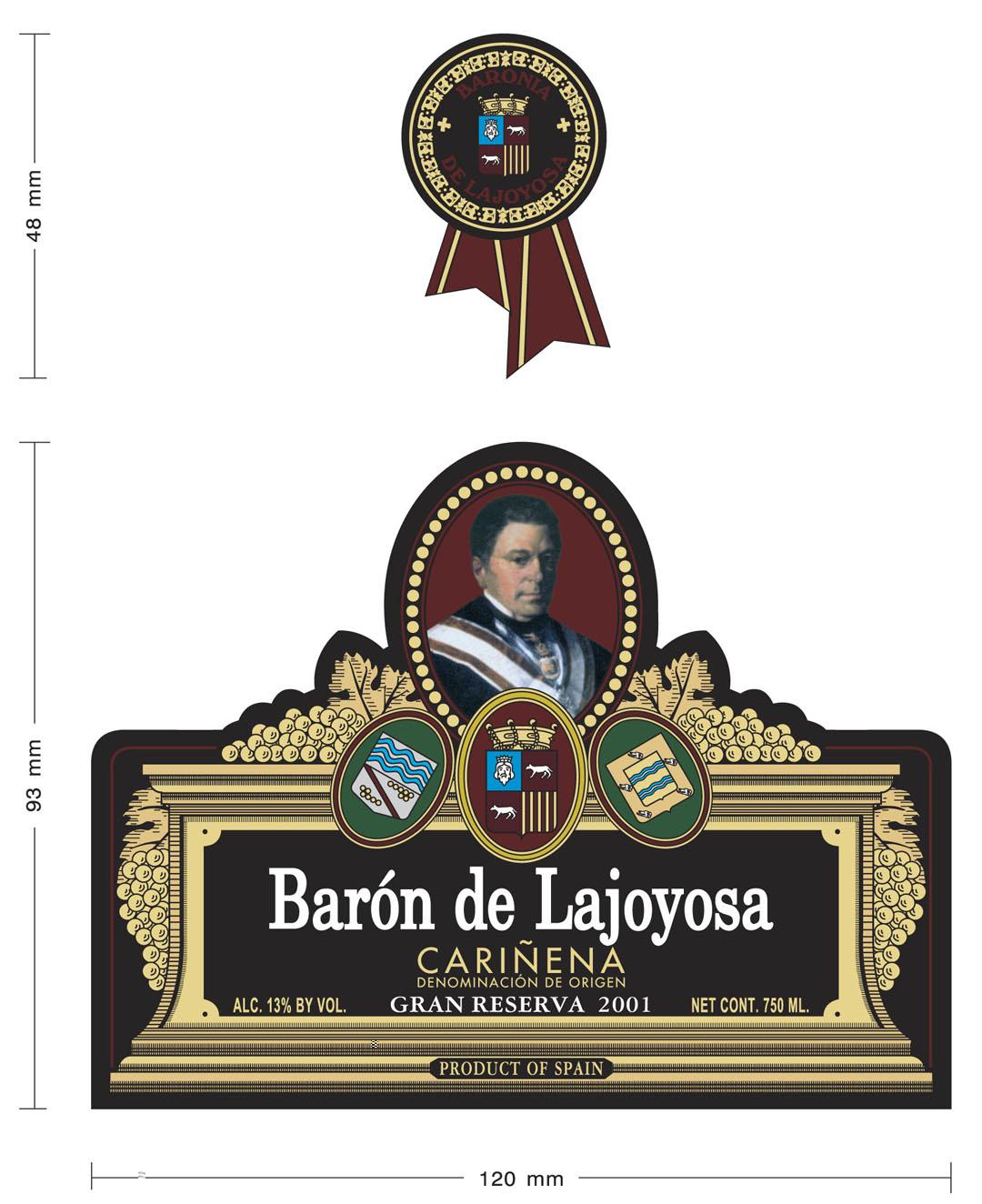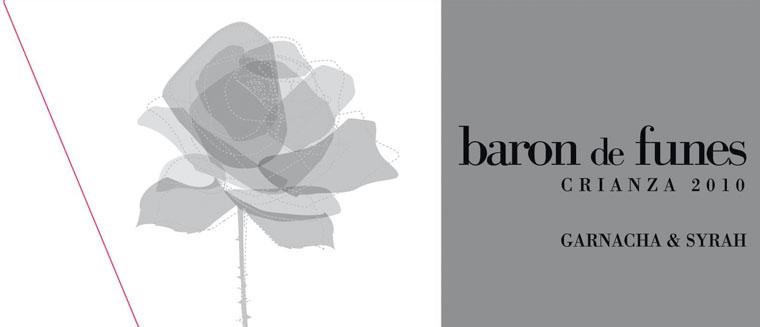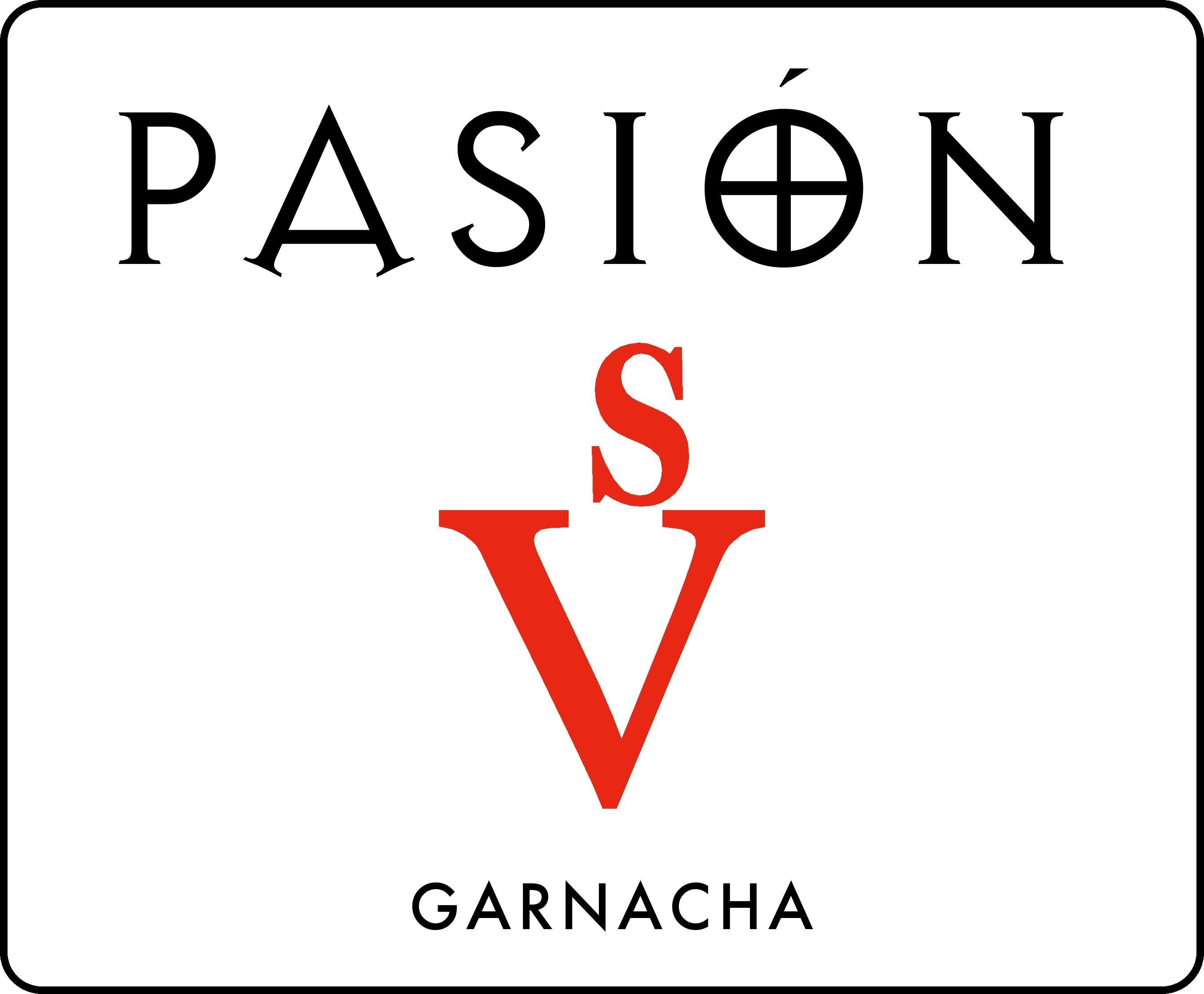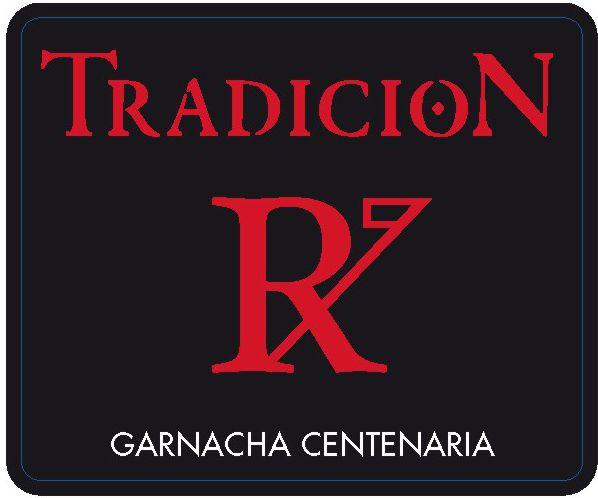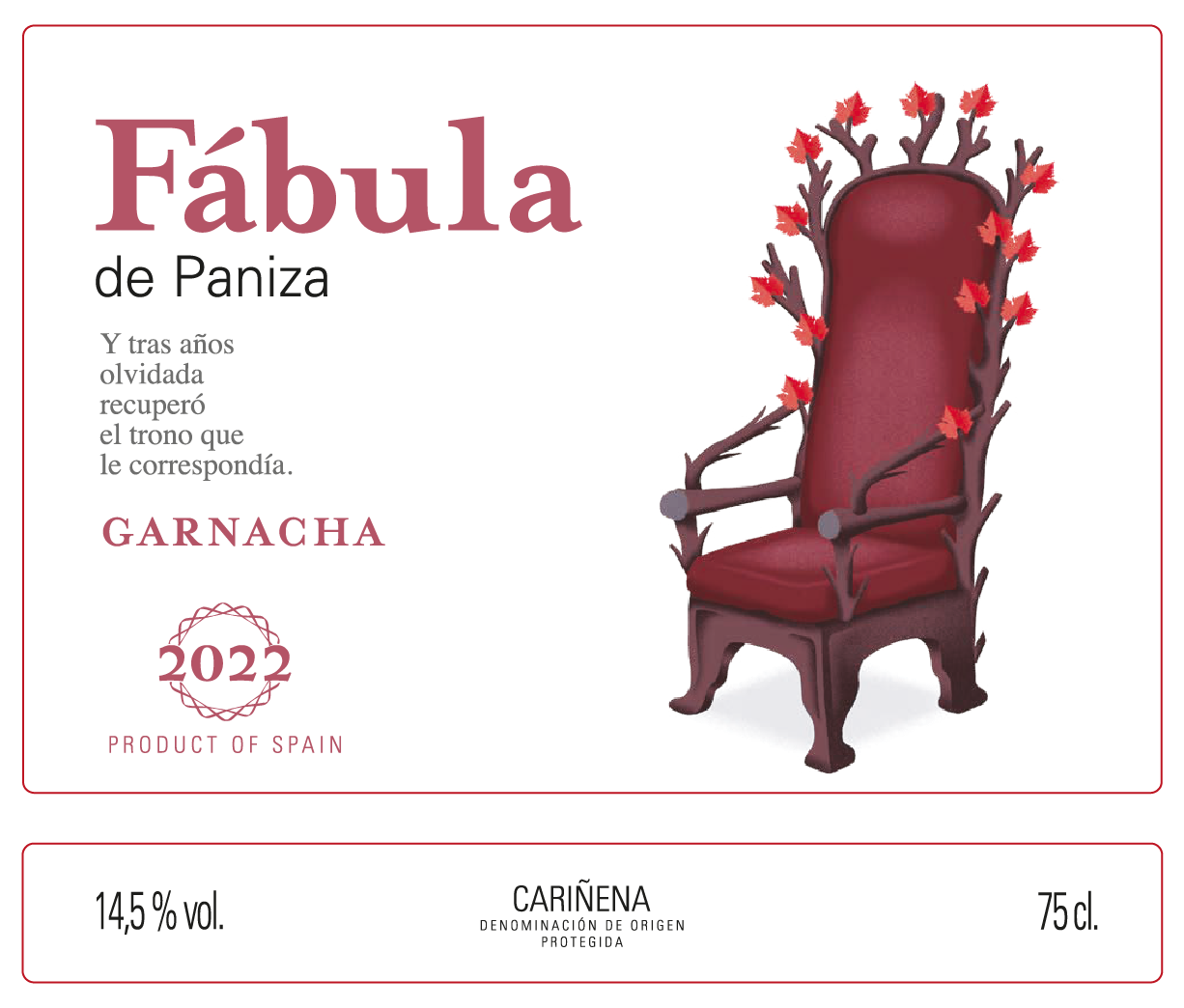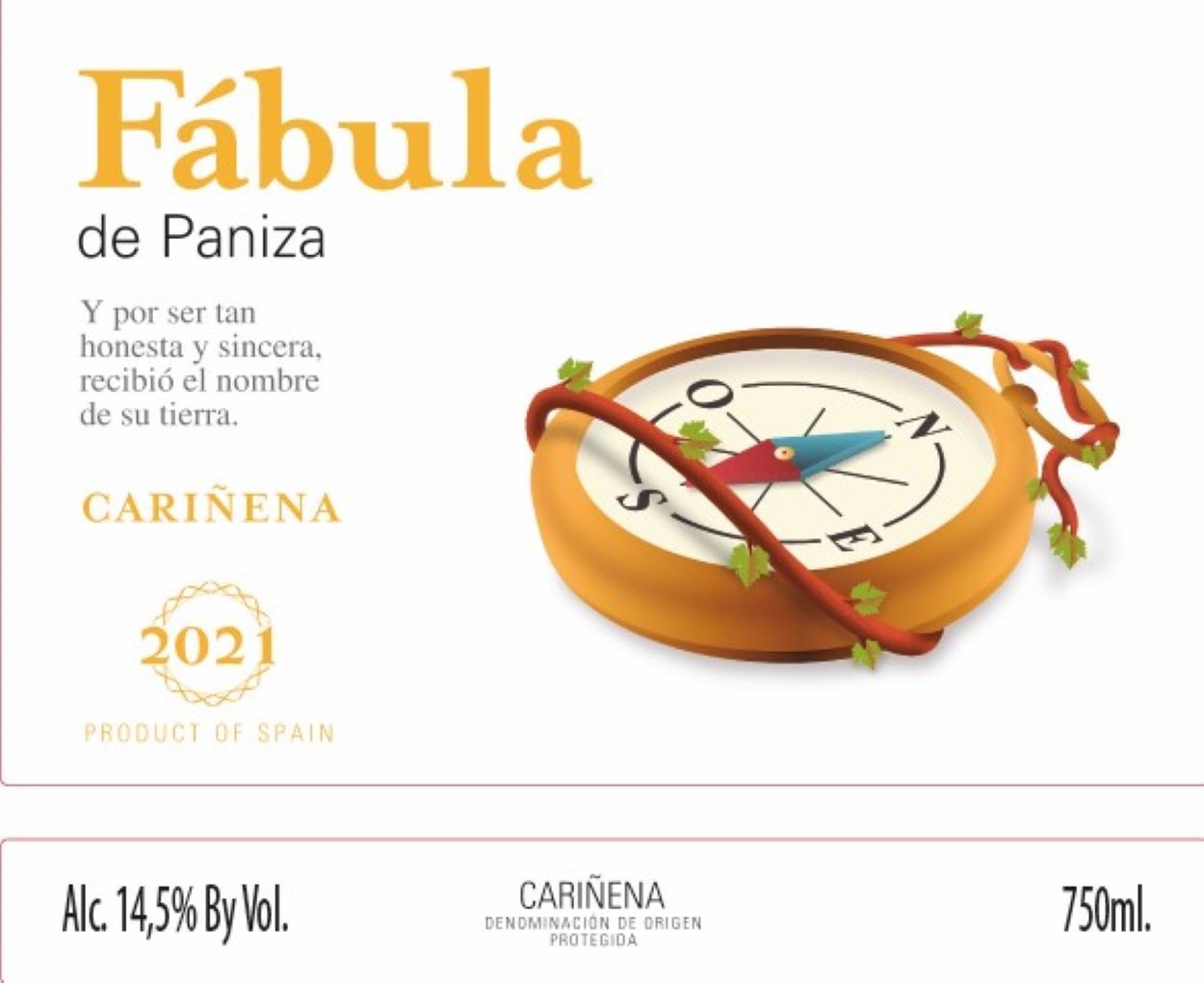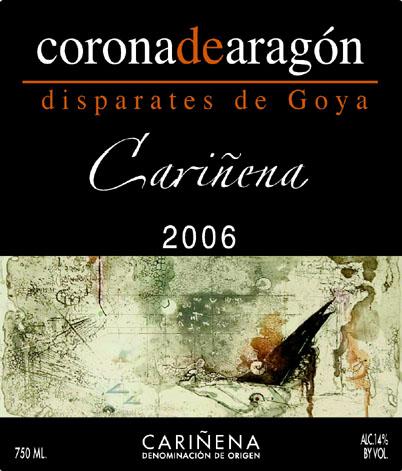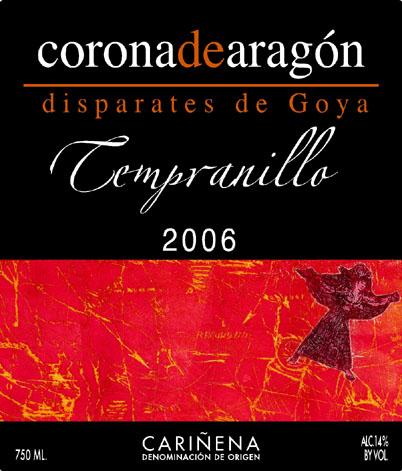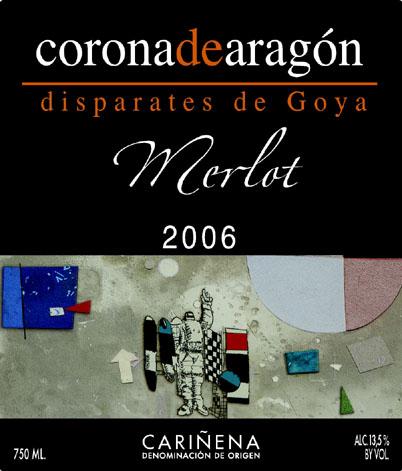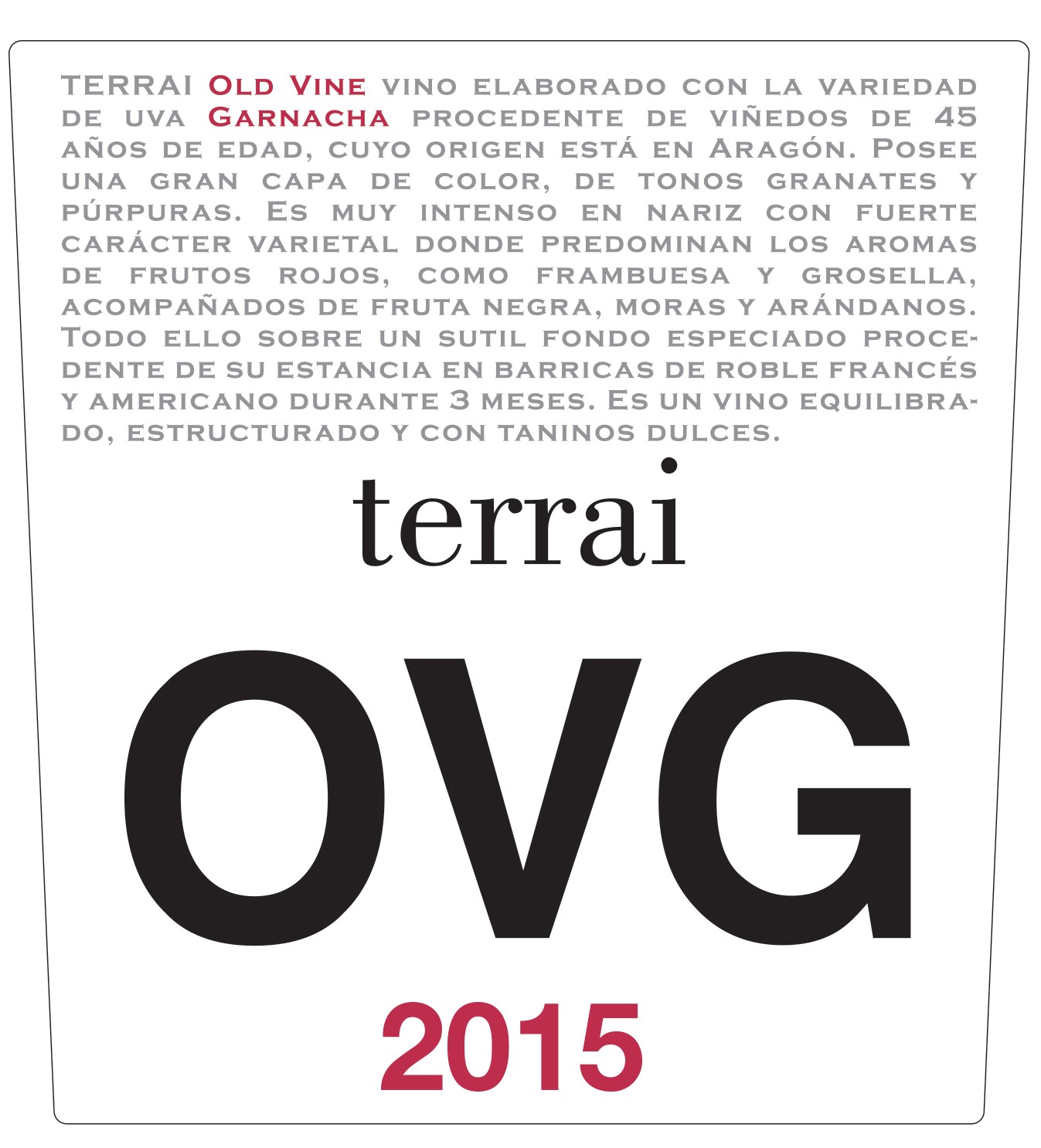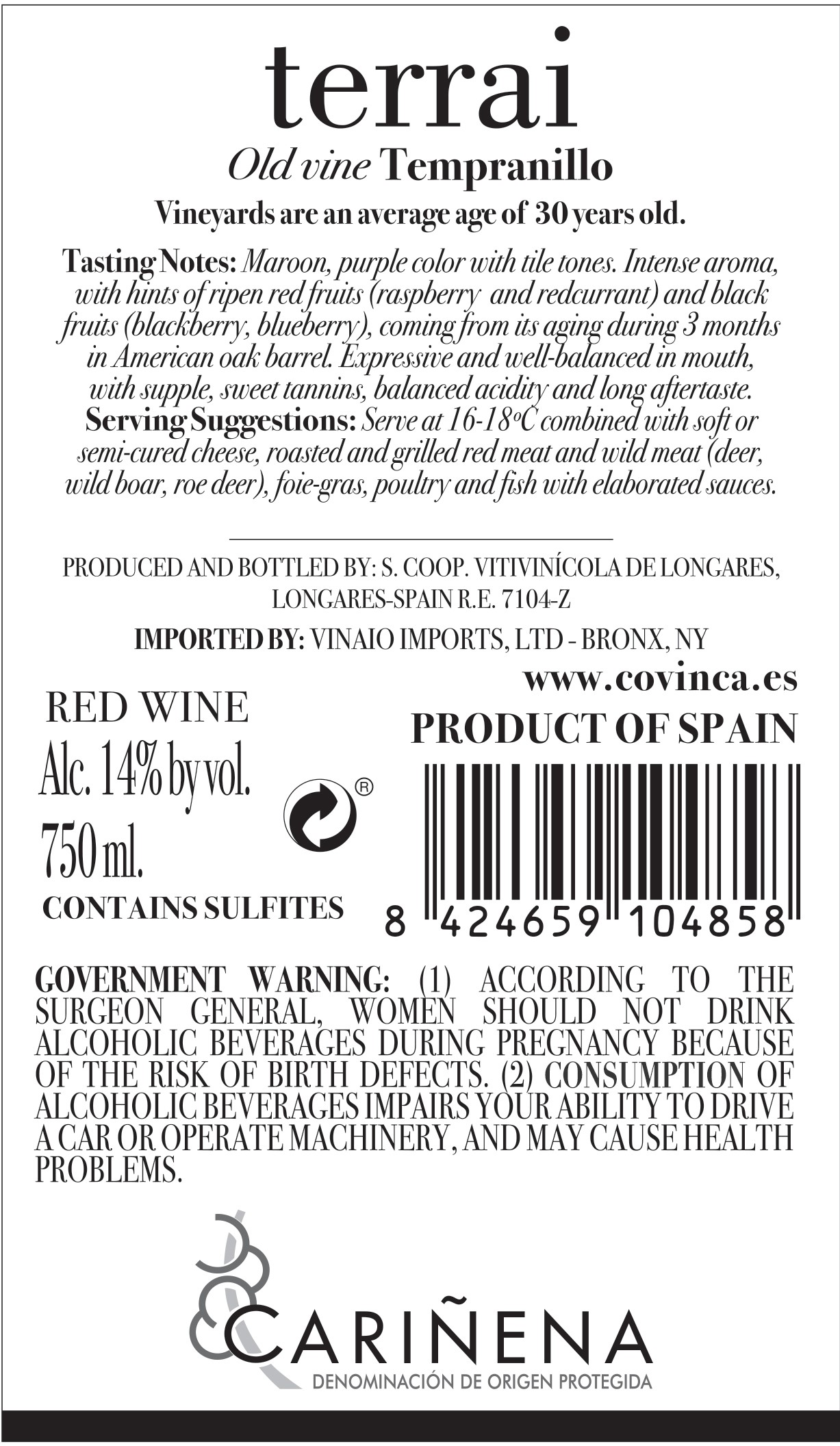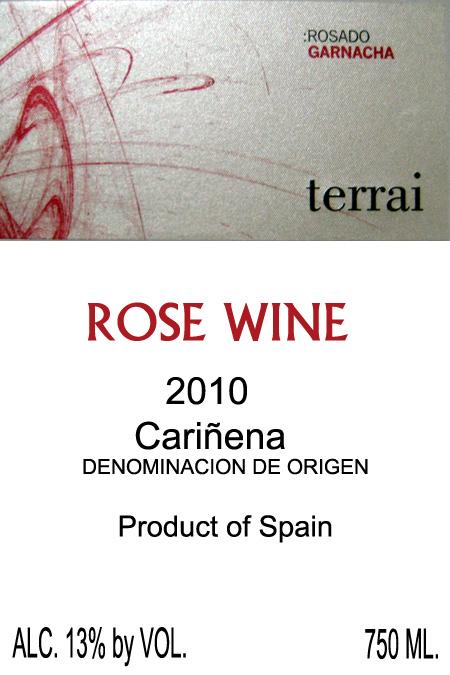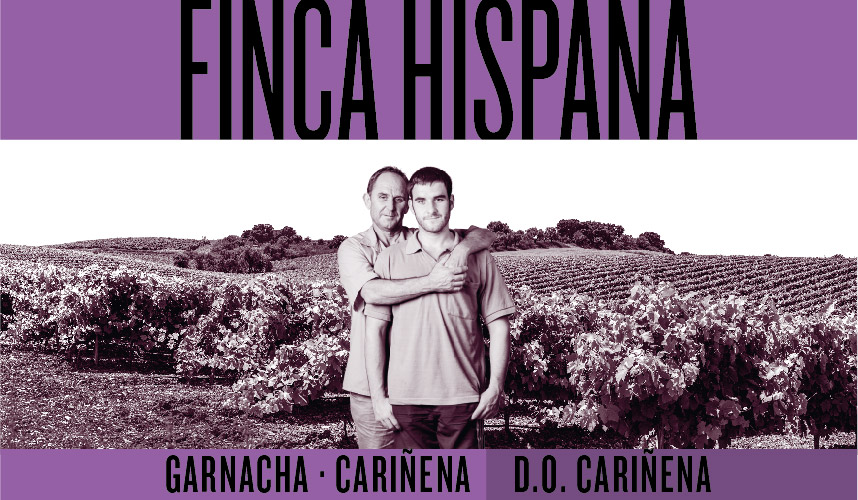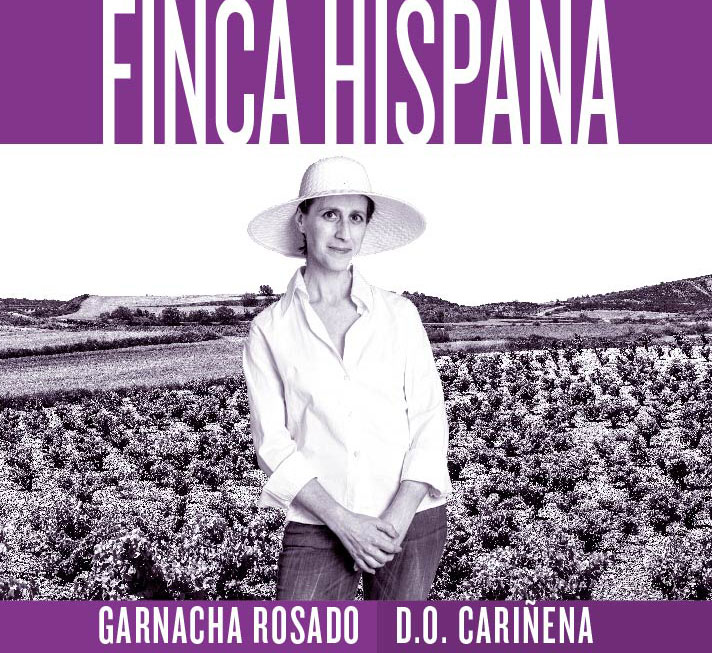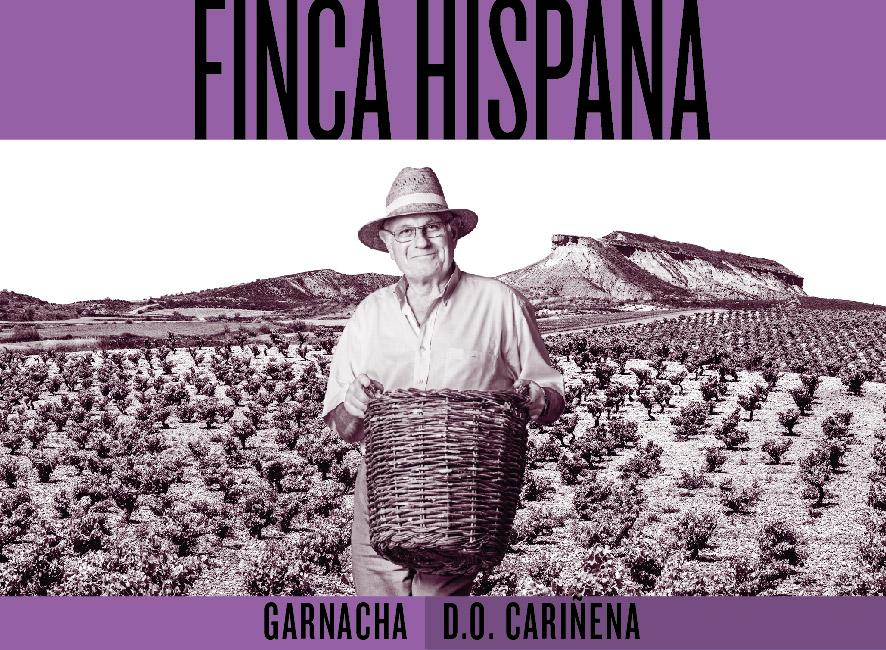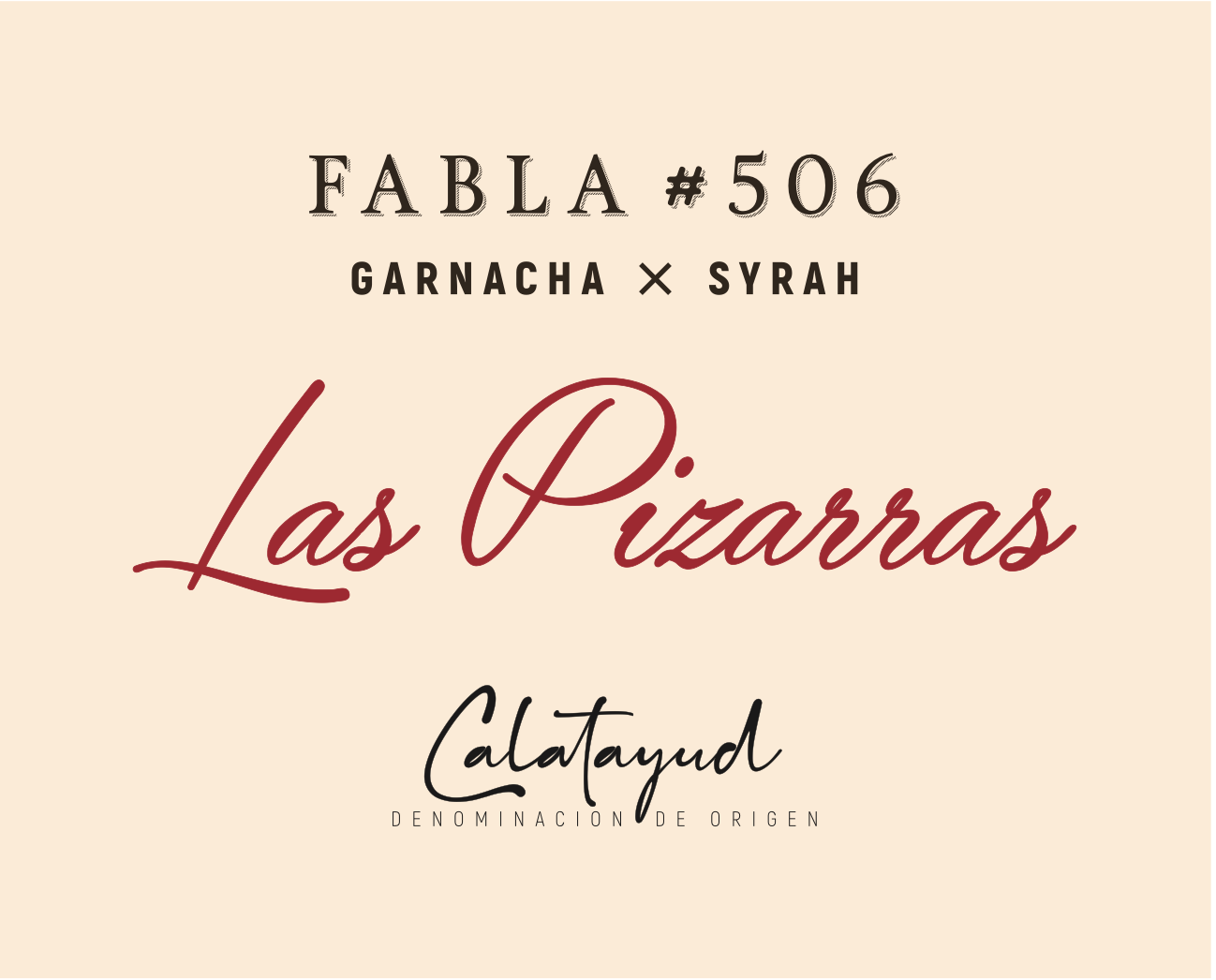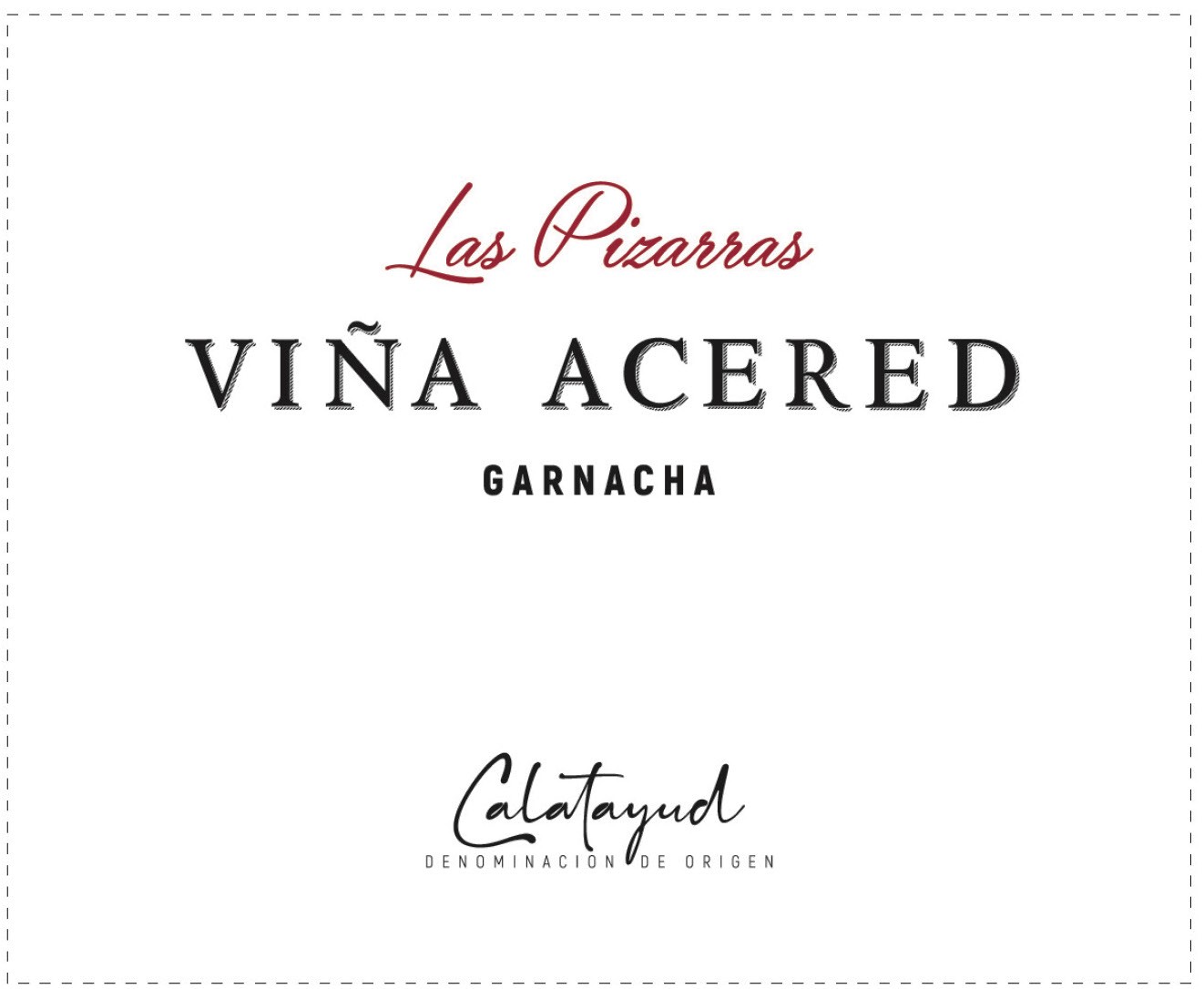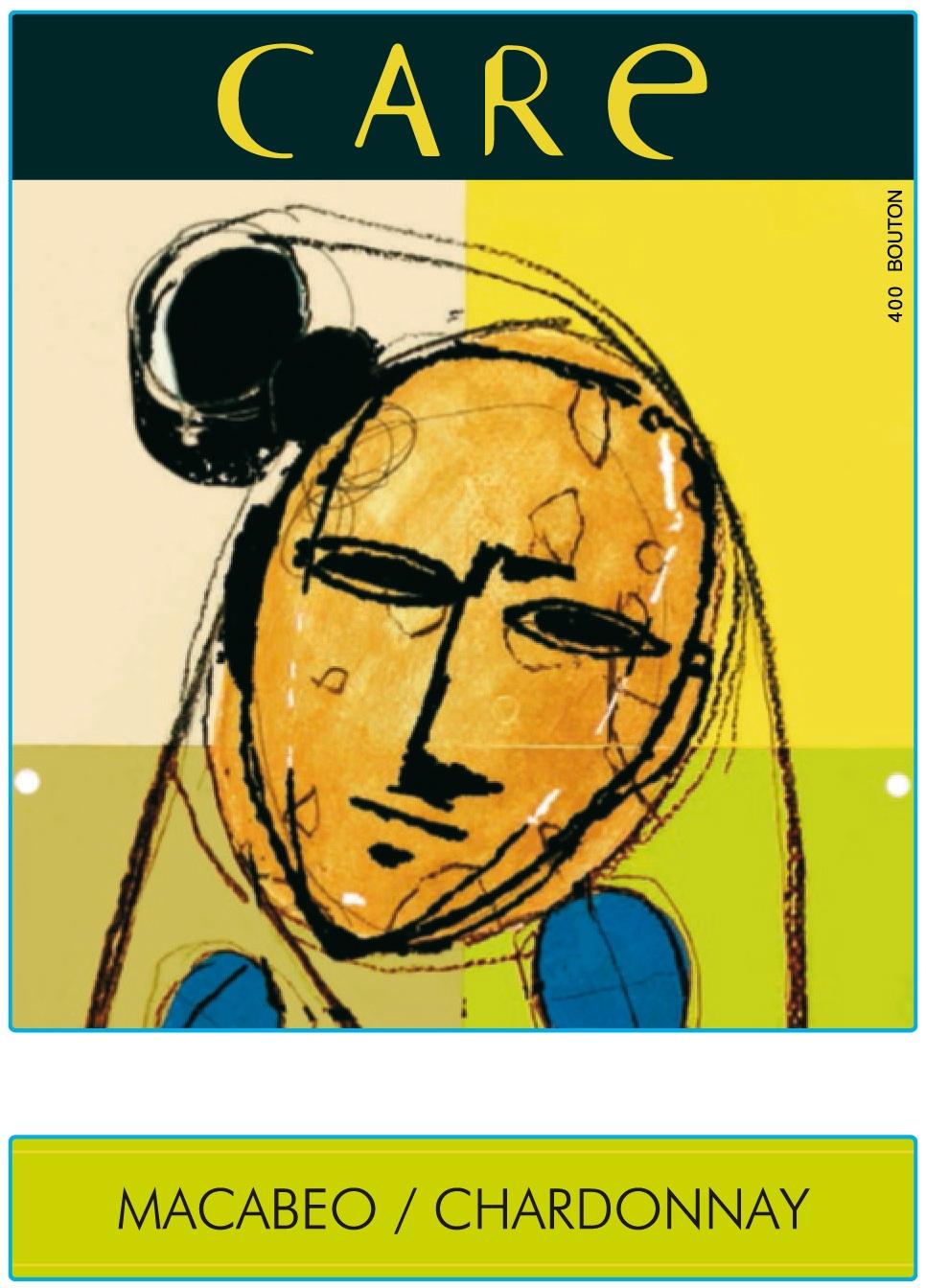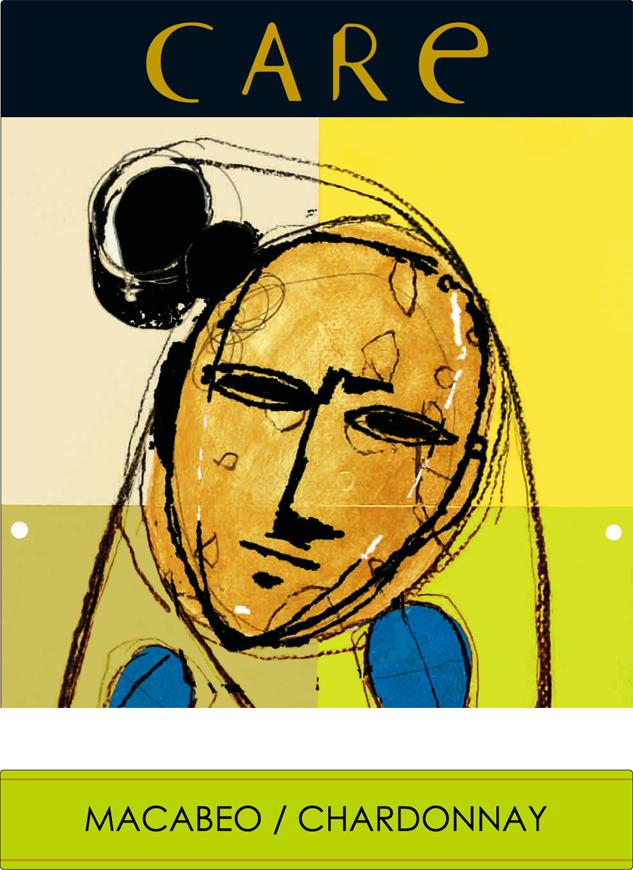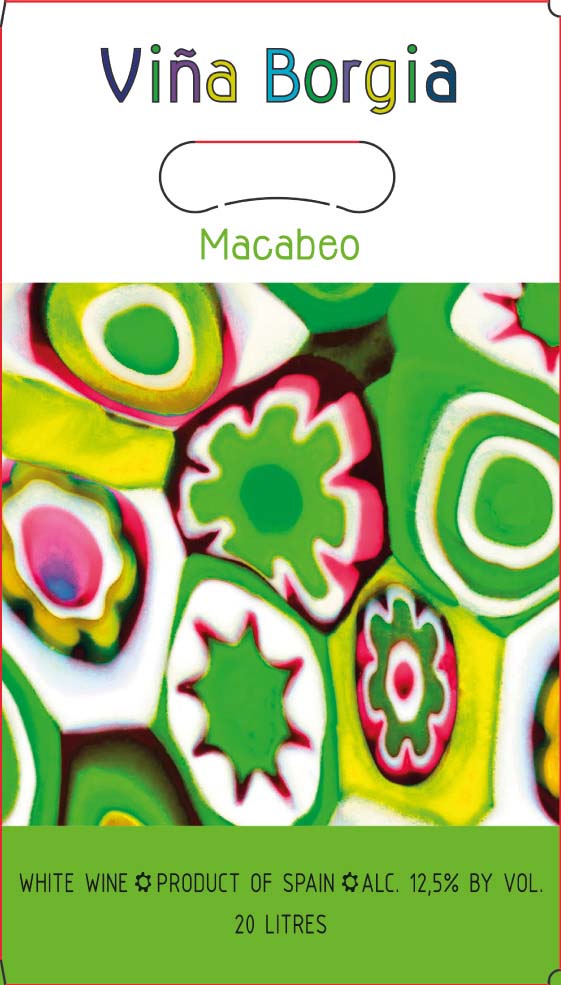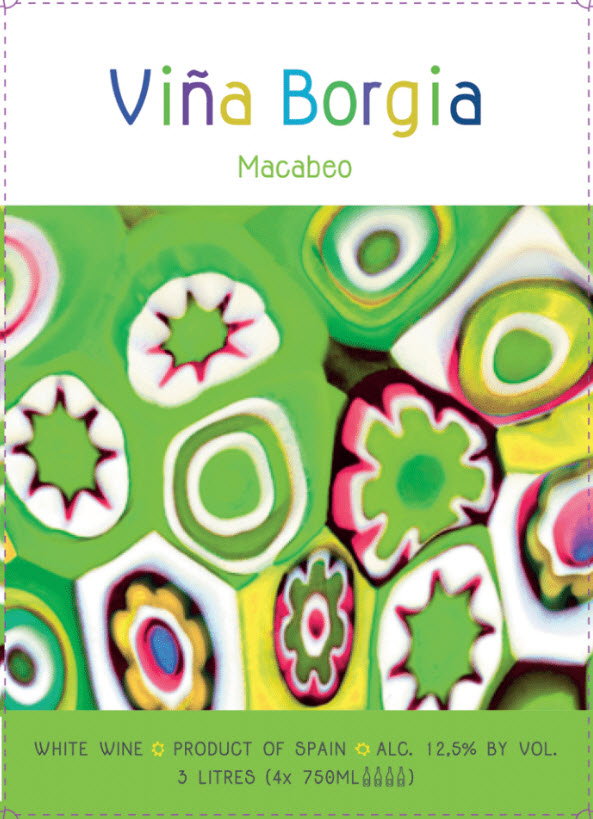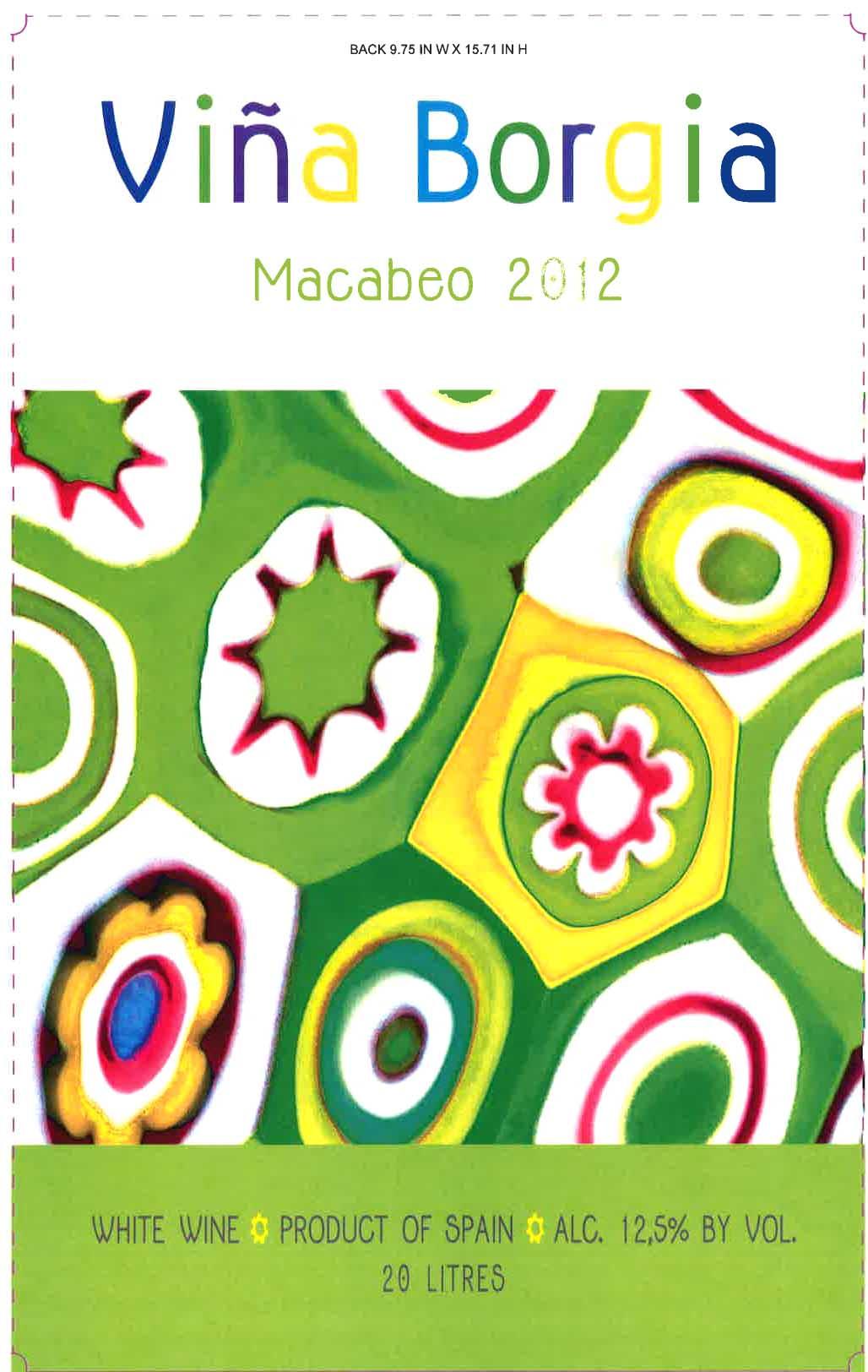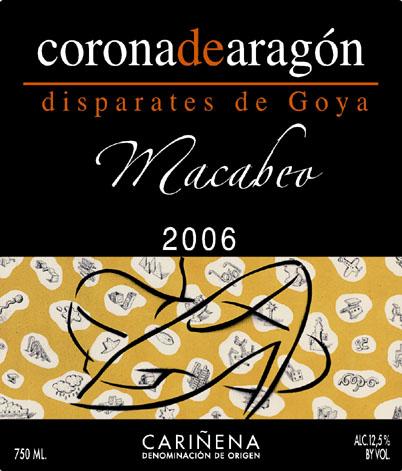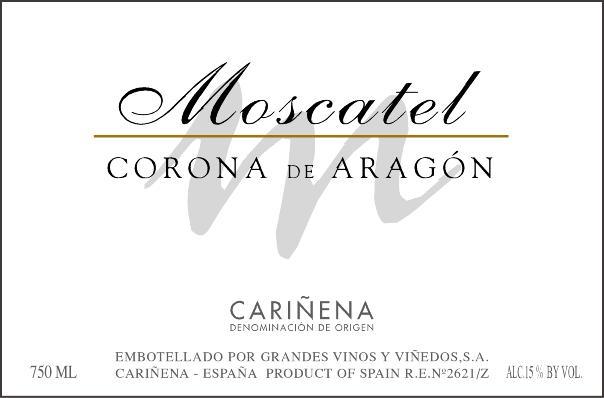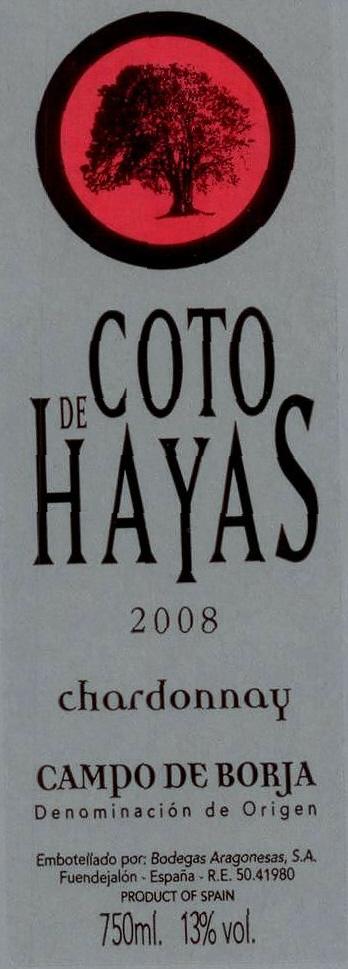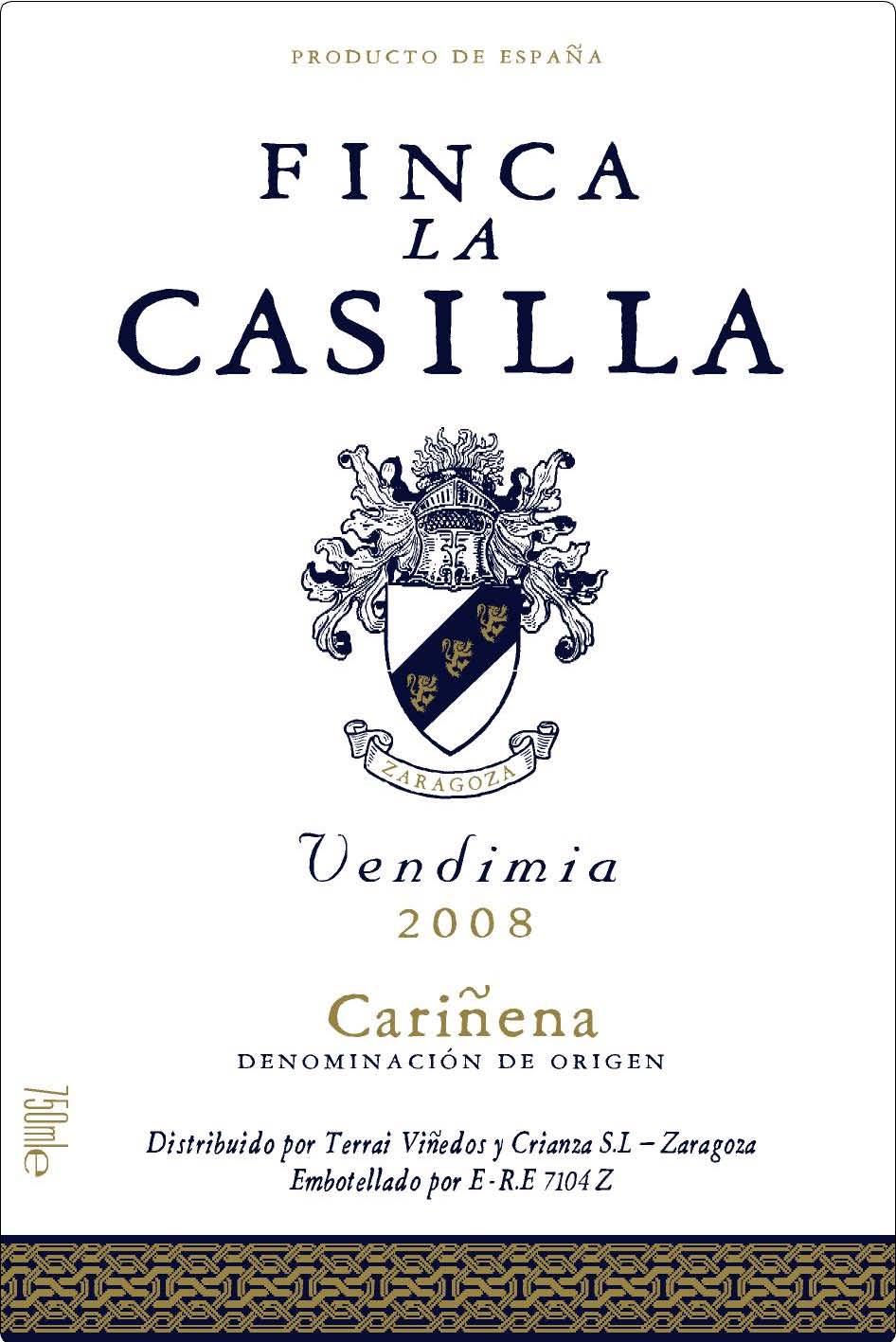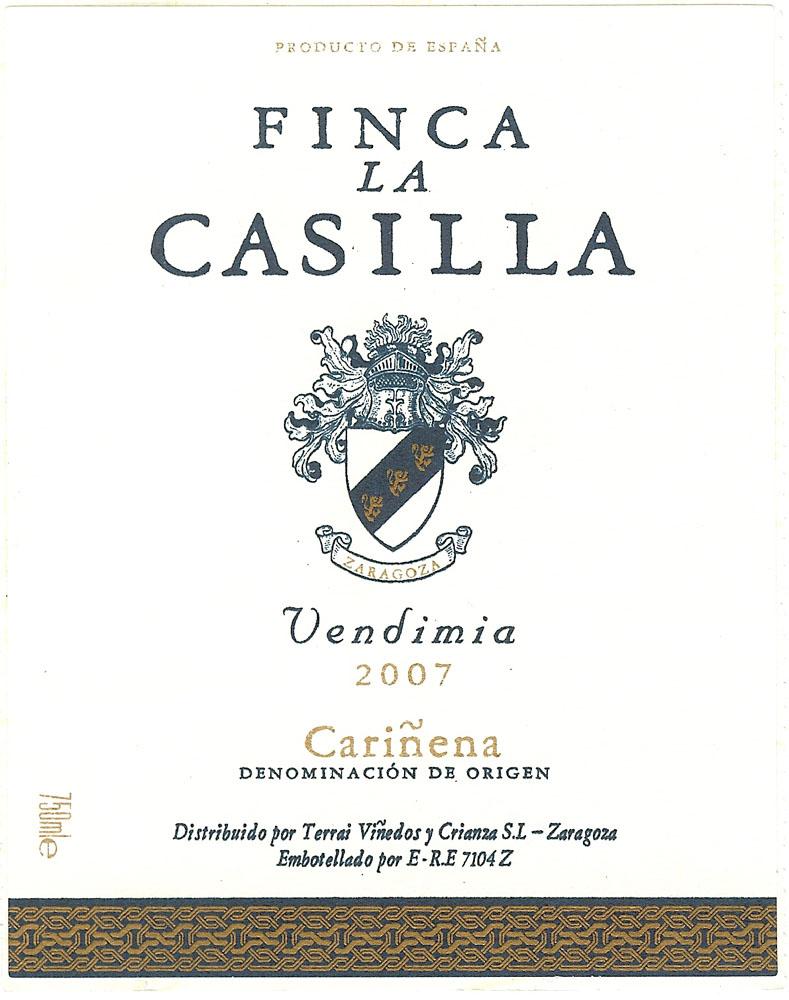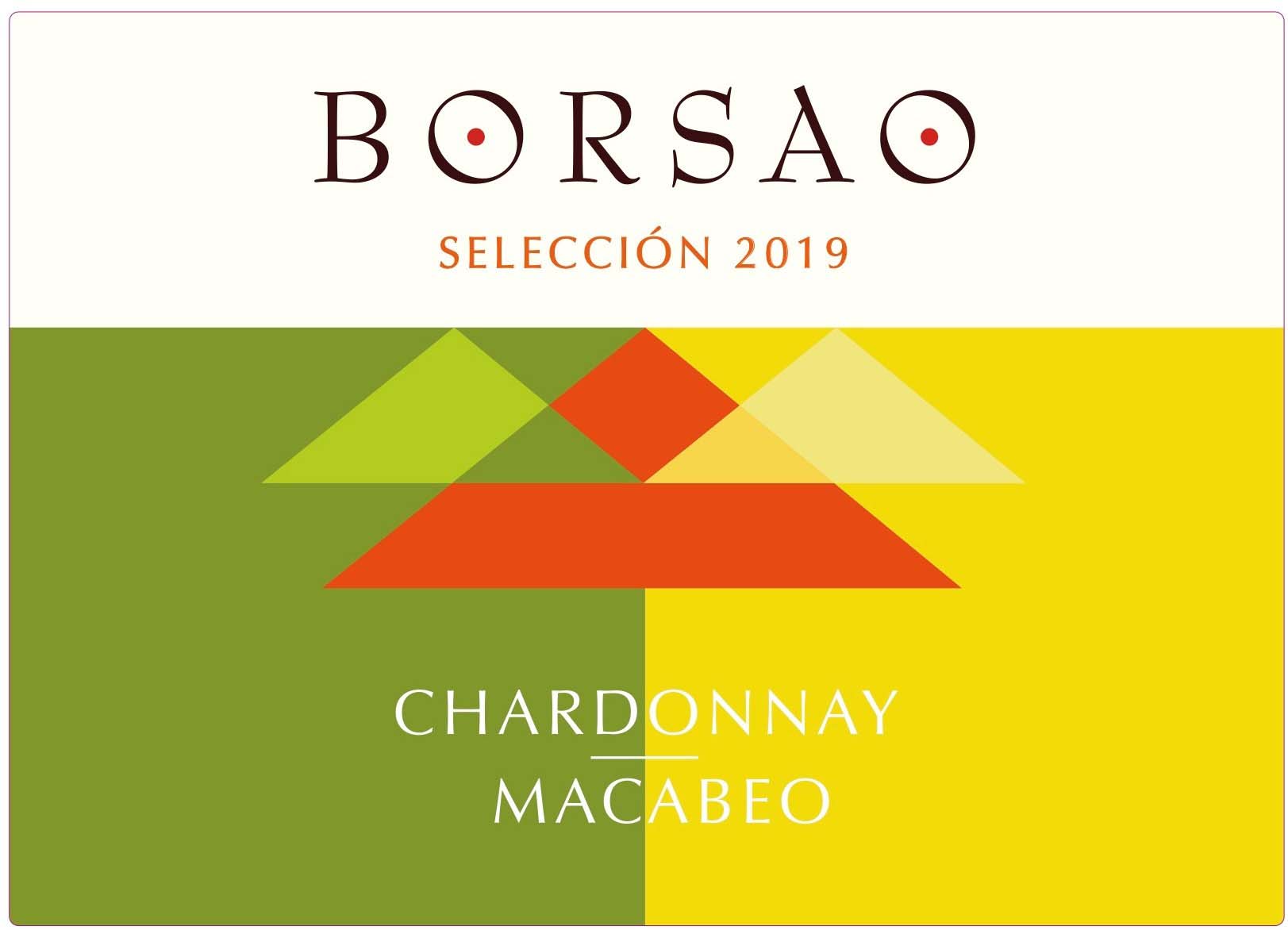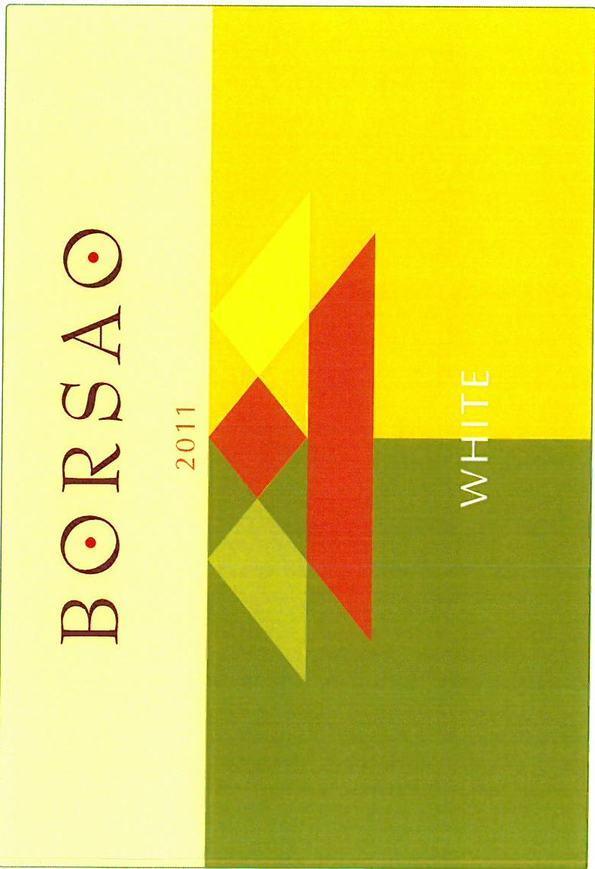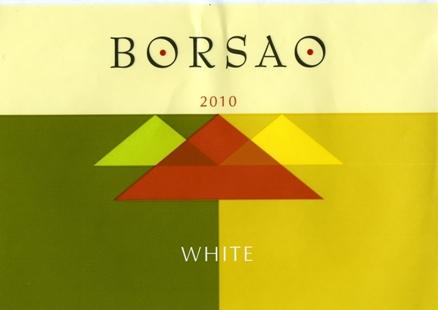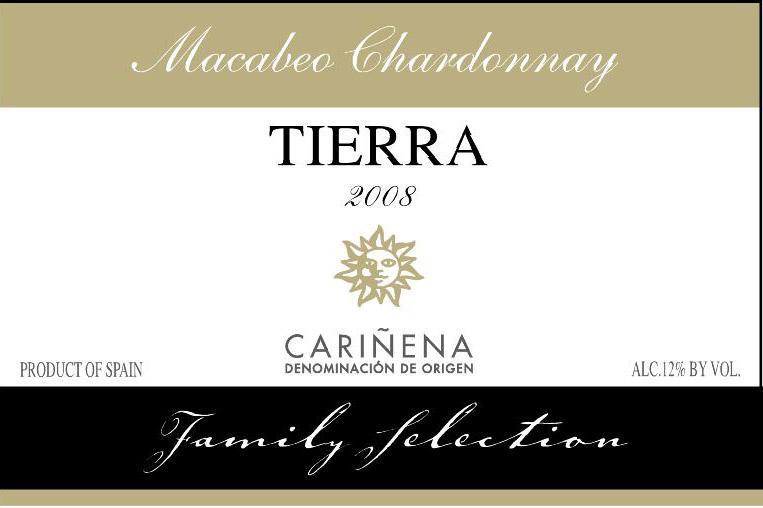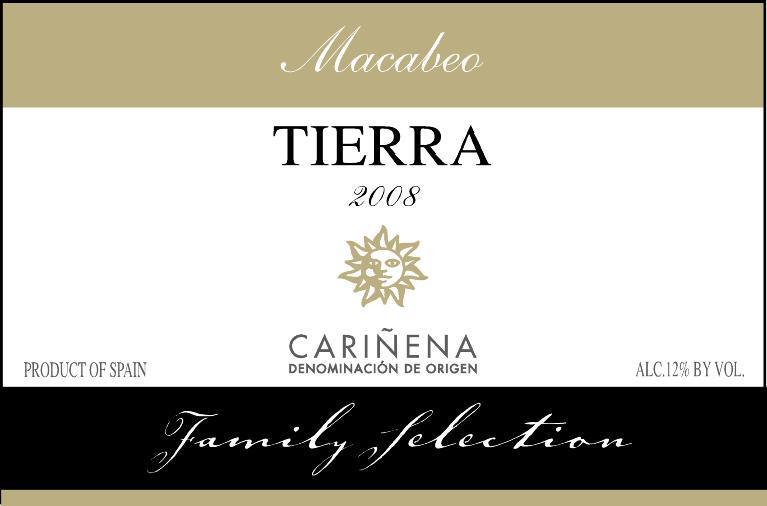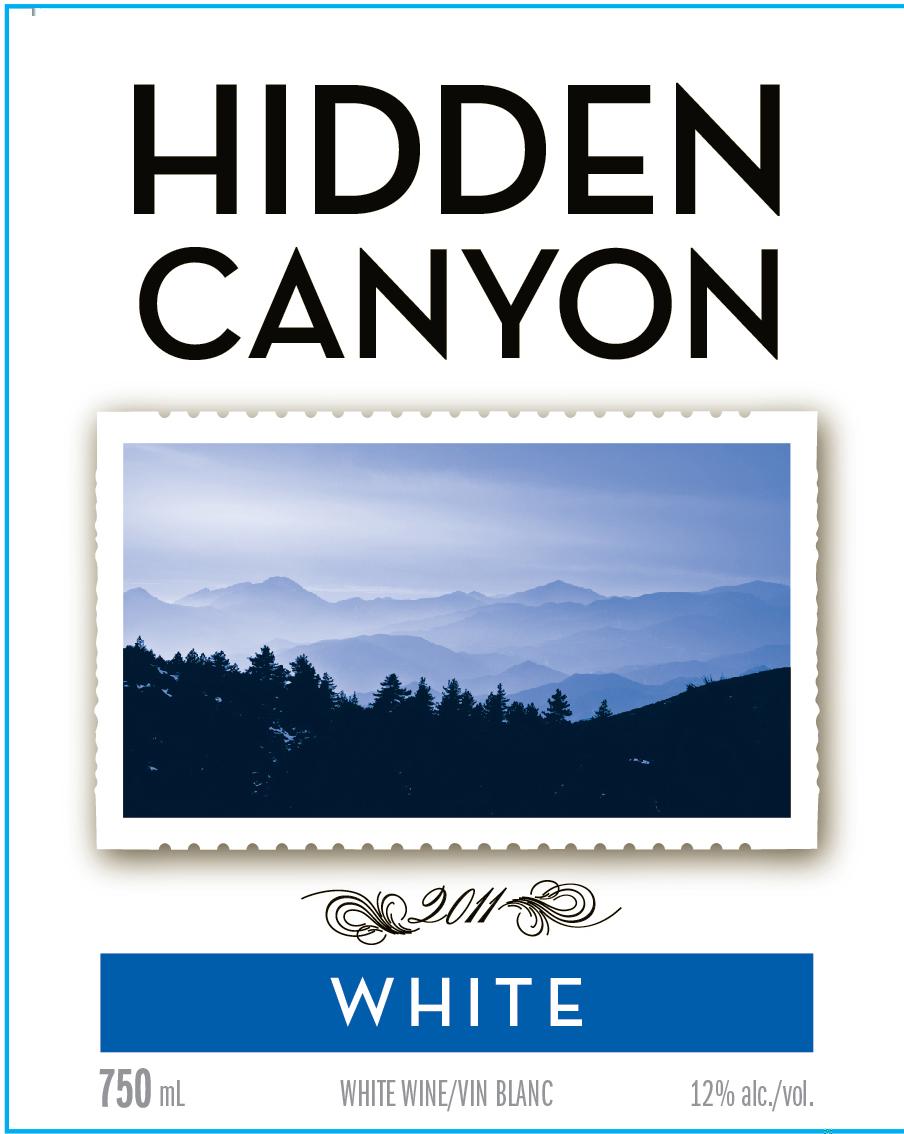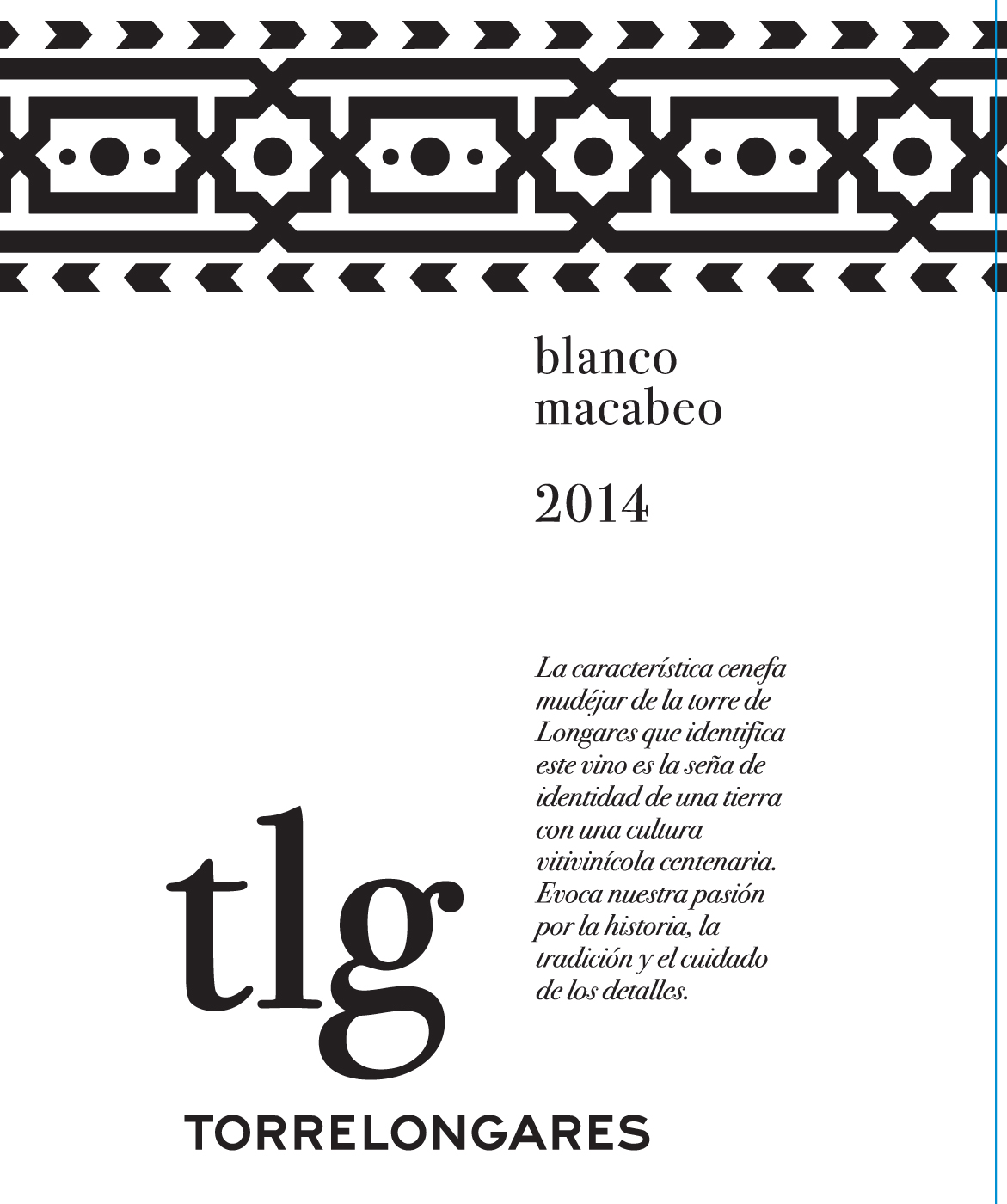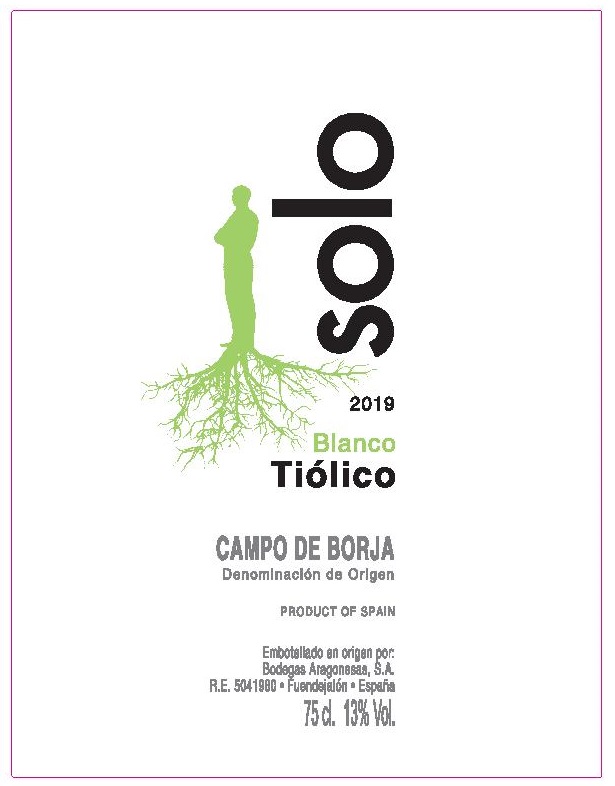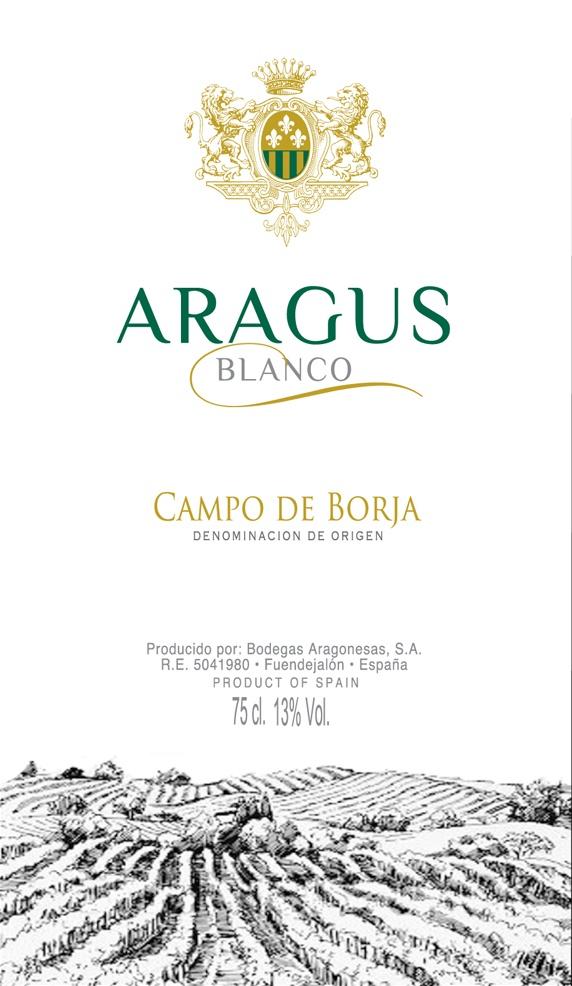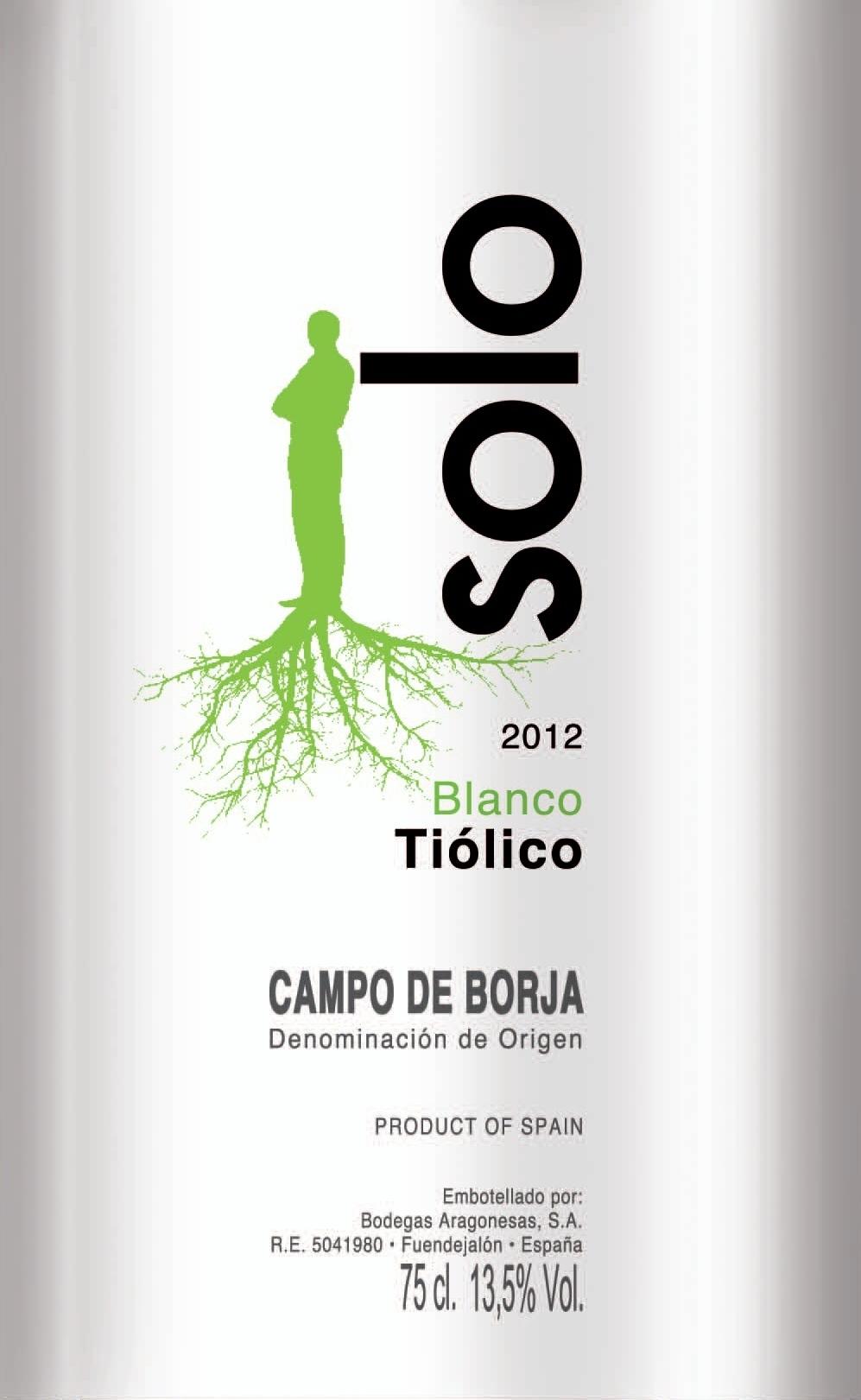Terroir of Aragon
Aragon's unique terroir and climate are perfect for growing grapes. Vineyards sit on high plateaus and foothills, ranging from 350 to 1,000 meters above sea level. This elevation allows for cool nights and hot days, which helps grapes ripen slowly while keeping their acidity and flavors intact. The region experiences hot summers, with temperatures reaching 35–38°C, and cold winters. With annual rainfall between 350–500 mm, irrigation is essential in drier areas.
The cierzo wind cools the vineyards and helps prevent diseases, reducing the need for chemicals. The soil is mostly limestone with rocky subsoils, encouraging deep root growth and better grape quality. From the lush Somontano to the dry central Ebro Valley, Aragon's diverse microclimates and soils contribute to its bold red and aromatic white wines.
Notable Wineries in Aragon
Aragon, a historic Spanish wine region, is home to several notable wineries that blend tradition with innovation. Here are a few standouts:
-
Enate & Viñas del Vero: Pioneers in Somontano, offering a range of international grape varieties with award-winning quality.
-
Bodegas Borsao: Known as the “Empire of Garnacha,” offering bold, fruit-driven wines from old bush vines in Campo de Borja.
-
Bodegas Alto Moncayo: Renowned for top-tier Garnacha, crafted from century-old vines with rich, complex flavors.
-
Bodegas San Alejandro: A leader in sustainable practices in Calatayud, producing elegant wines from high-altitude vineyards.
-
Pago Aylés: The only Vino de Pago in Aragon, emphasizing organic farming and unique terroir-driven wines.
Sustainable Winemaking in Aragon
Aragon’s commitment to sustainability is transforming its wine industry. The region’s dry climate and the cooling cierzo wind naturally reduce the need for chemical interventions, allowing for low-impact viticulture. Organic and biodynamic practices are gaining ground, with many vineyards converting to certified organic farming, promoting soil health and biodiversity.
Efforts include using cover crops to prevent erosion and attract beneficial insects, reducing water usage through drip irrigation, and opting for lightweight, eco-friendly packaging. Winemakers are also embracing natural techniques, such as indigenous yeast fermentations and minimal sulfur use, to lower their environmental footprint. By reviving native grape varieties and preserving century-old vines, Aragon is not only enhancing its wine quality but also maintaining its rich viticultural heritage. This collective focus on sustainability ensures that Aragon’s wines respect both tradition and the environment.
Wine Tourism in Aragon
Aragon has become a top wine tourism destination in Spain, attracting over half a million visitors each year.
This historic region offers four certified Wine Routes, each showcasing unique wines and rich cultural heritage. The Somontano Wine Route, for example, features renowned wineries like Enate and Viñas del Vero, offering both traditional and international varieties.
In Campo de Borja, the Ruta de la Garnacha celebrates the Garnacha grape, while the Ruta del Vino de las Piedras in Cariñena highlights wines from limestone-rich soils.
Visitors can enjoy vineyard tours, taste local wines, and explore wine museums. Events like the Festival Vino Somontano combine wine with music and gourmet food.
Aragon's commitment to sustainability is evident through organic farming practices and eco-friendly initiatives. With its blend of culture, history, and stunning landscapes, Aragon provides an unforgettable wine tourism experience.



